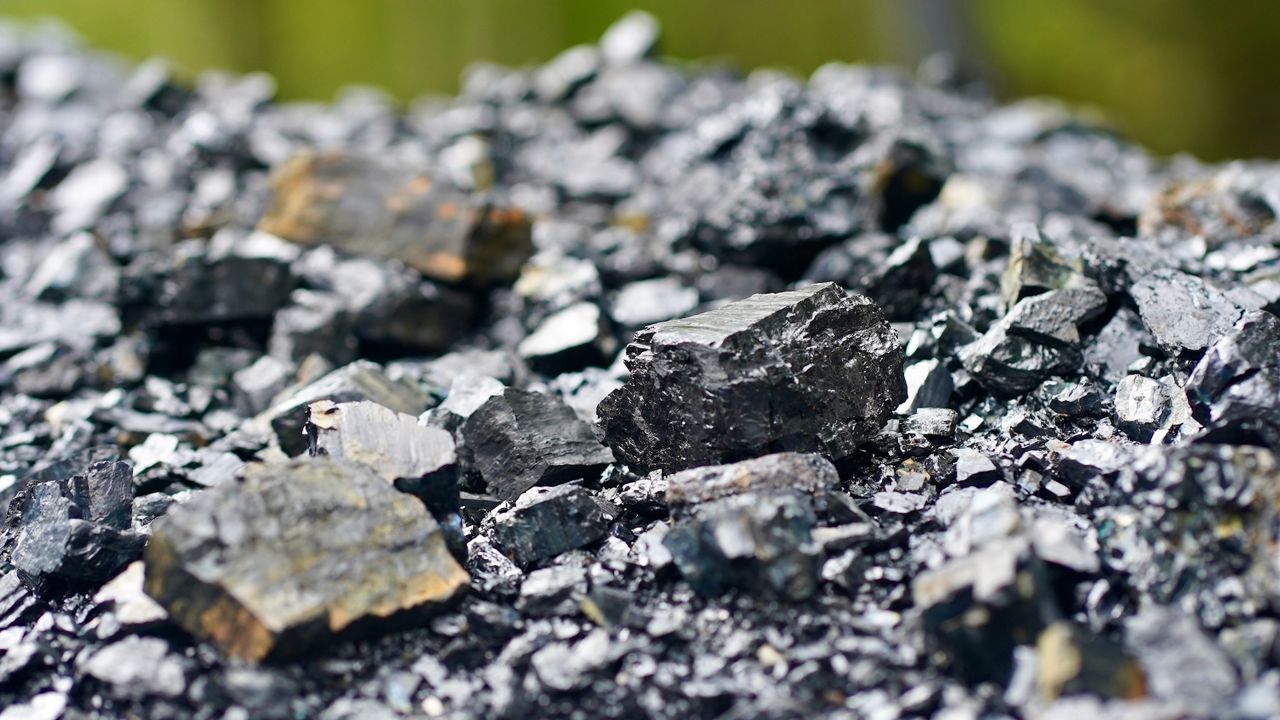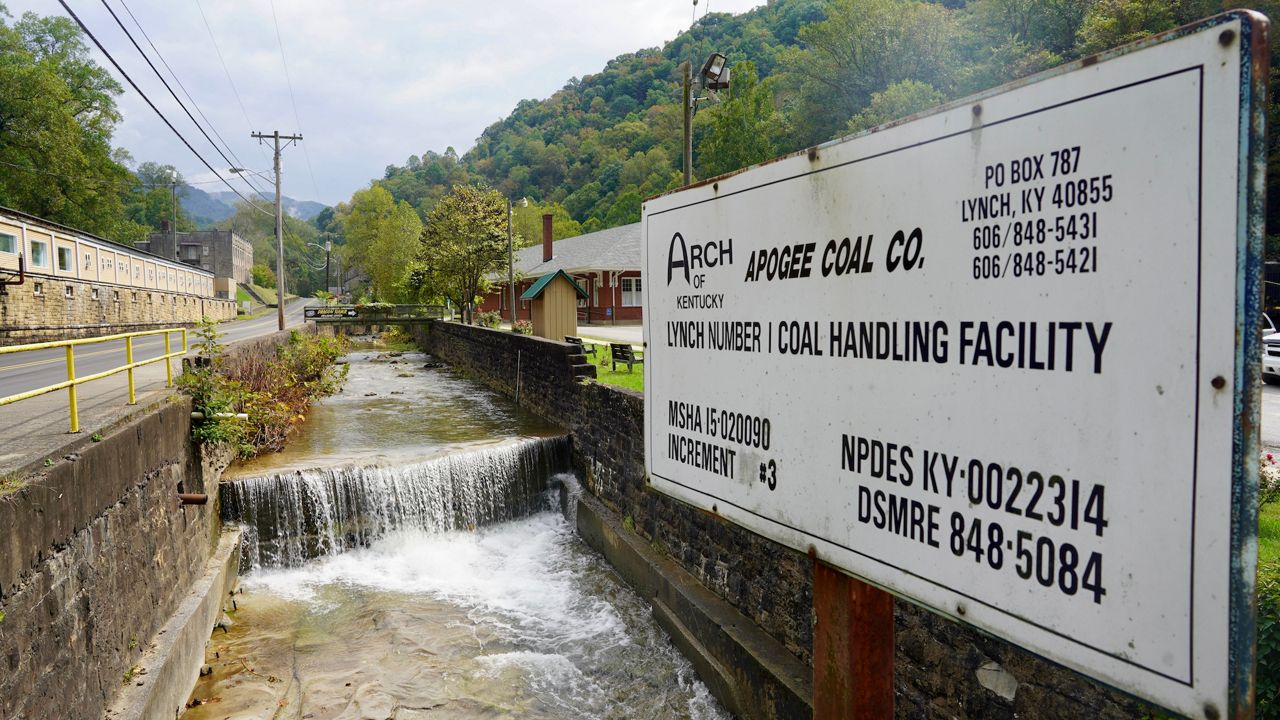CUMBERLAND, Ky. — Harlan County's landscape is as striking from atop Pine Mountain as it is from the valleys below. But it was the coal, underground, that shaped life in Appalachia.
What You Need To Know
- Rainbo Johnson is a retired miner and now volunteers at the Kentucky Coal Mining Museum
- He spent more than 20 years in the mines and the entirety of his life working in the coal industry
- While the future of coal isn’t clear, its history is embraced in Harlan County towns like Lynch, home of Portal #31, Kentucky's only state-run exhibition mine
- Southeast Kentucky Community and Technical College is training for coal jobs today
Rainbo Johnson spent more than 20 years in the mines and the entirety of his working life in the coal industry.
“Generally, some people would crawl around on their knees, and some of them would just walk like I do, bent over a little bit," Johnson said. "But after a while, you get used to it."
At 74, Johnson’s years of hard labor are decades behind him, but coal is not. He’s a volunteer historian and tour guide at the Kentucky Coal Mining Museum in Cumberland.
Coal is in his blood. His father, James George Johnson, mined the mountain before him and played on the town’s baseball team, owned by the coal company.

“Six of it (years) was playing baseball and then he went on into the mines,” he said.
For Johnson, the legacy of coal lives on, but not merely as an appreciation of its historical impact on Kentucky and the rest of the country.
“Coal mining is very important, very important," Johnson said. "Later on, I think as technology comes along for clean burning solutions to emissions and environment, coal mining will come back."
Johnson ran his own company for 25 years, Tri-State Mining Cable, providing the heavy-duty electrical cable needed to operate mining equipment. While the coal industry declined throughout those years, Johnson said under former President Donald Trump, prospects improved.
"It was the best four years in coal mining and business-wise because the corporate rates came down," Johnson said. "When the corporate rates came down, I could afford to buy more supplies, hire more people, pay them better. The coal company themselves produced more coal and (did) well.”
As the coal industry changes, programs at Southeast Kentucky Community and Technical College in Cumberland retrain workers for the mining jobs that remain.
“Many things, though, have changed over the years," said Lee Harrison, dean of Institutional Advancement at Southeast Kentucky Community and Technical College. "We are doing a lot of retraining of coal miners now. In the past year, we've provided training for, I believe, about 1,500, in retraining them for the coal mining industry now."
While the future of coal isn’t clear, its history is embraced in Harlan County towns like Lynch. It hosts Portal #31, Kentucky's only state-run exhibition mine.

“This is what’s known as a pillar," said Nick Sturgill, director of Portal #31. "That coal is being purposefully left there because that’s what’s actually holding your mountain up.”
Sturgill has overseen a $2.5 million grant to upgrade the facility and preserve other historical buildings on the grounds.
“This is, like I always say, is a story that needs to be told," Sturgill said. "A lot of people don’t realize what these guys went through to actually bring this mineral out of the ground."
Coal will always be the foundation of which eastern Kentucky communities were built. It is at the heart of each generation raised in the region.
“There’s still a lot more left, and we’re standing on top of it,” Johnson said.
Correction: A previous version of this story misspelled Rainbo Johnson's name. The error has been corrected. (Oct. 18, 2024)



